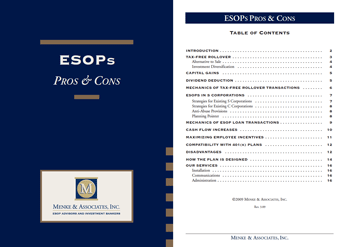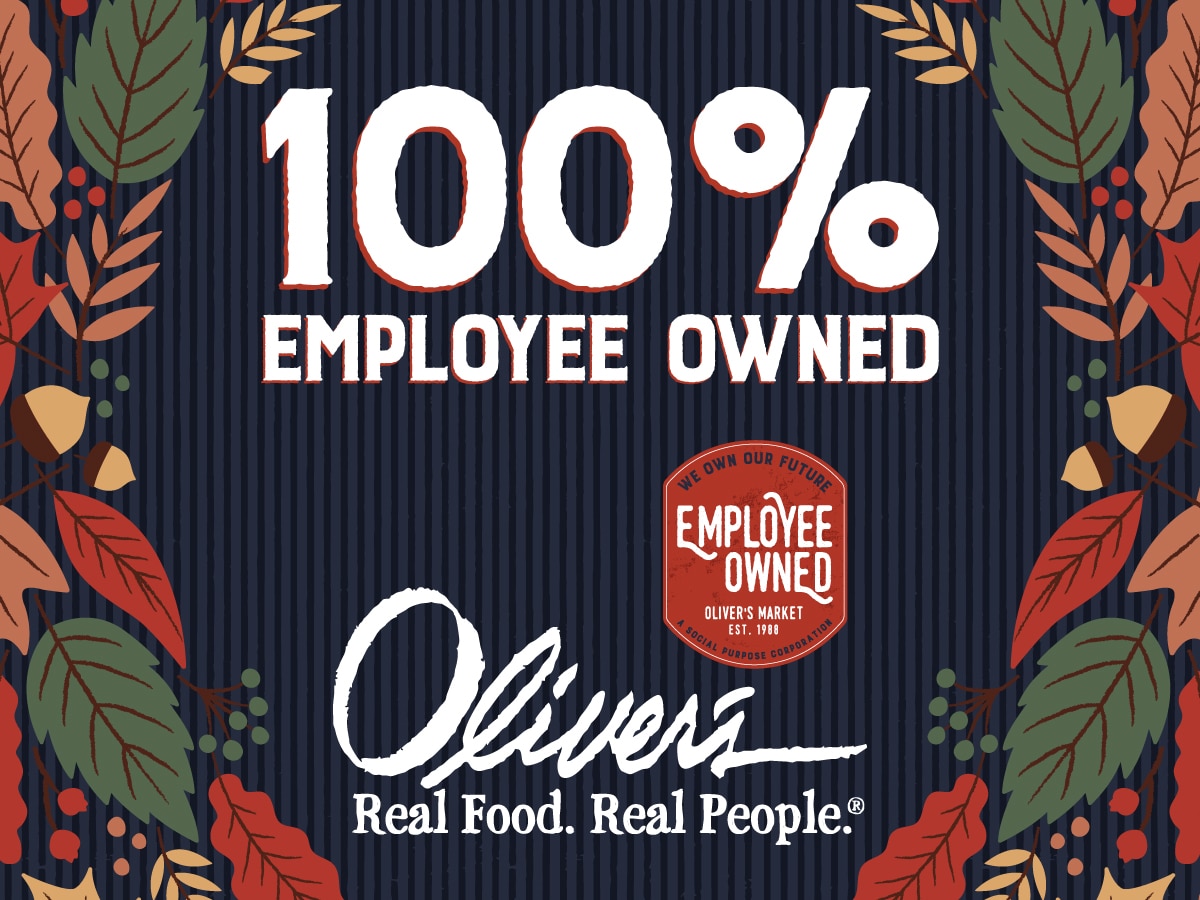Information in this booklet has been developed for those owners of privately-held businesses who are interested in liquefying some portion of the equity which has accumulated in their companies. We have assumed that many of our readers may be interested in accomplishing this objective without sacrificing the identity of their companies, jeopardizing the jobs of valued employees or relinquishing control of the companies they own. An ESOP installation may provide the optimal solution for business owners hoping to achieve all of these goals. An ESOP (Employee Stock Ownership Plan) is a powerful and versatile business and financial tool which can help a business owner to accomplish the following:
- The ESOP trust establishes the fair market value of the company’s privately-held stock and it also functions as the marketplace for that stock.
- ESOPs assure flexibility by allowing an owner to liquefy whatever portion of his ownership he chooses. The owner does not have to sell the entire company in order to liquefy a portion of the accumulated equity in the company.
- In situations where the company treasury does not have resources sufficient to liquefy the privately-held stock being conveyed to the ESOP, the ESOP is allowed to borrow the funds necessary to complete the transaction.
- Moreover, the company owner does not have to relinquish control of his company. Regulations governing ESOP operations allow the owner to sit on the committee which oversees the ESOP. Indeed, the owner can be the sole voting committee member on the ESOP Committee if he so chooses.
- In the case of a regular C corporation, if 30% or more of the company’s outstanding stock has been sold to the ESOP at the completion of the transaction, and the proceeds are reinvested in qualified replacement securities within twelve months from the date of sale, the selling shareholder can defer payment of the capital gains tax on the sale of privately-held stock to the ESOP.
- In the case of S corporations, the ESOP creates a “tax shield” for part or all of the company’s earnings, depending upon the percentage of stock held by the ESOP. This shield results from a provision of the Code that exempts from taxation that portion of the corporation’s taxable income that is attributable to stock held by the ESOP. Thus, for example, in the case of a S corporation that is 100% owned by its ESOP, the company’s earnings will be entirely tax exempt.
- The ESOP establishes an incentive-based retirement program for employees in the owner’s company, making them beneficial stock owners in the company where they work. This incentive can produce very positive benefits for the company’s bottom line profits.
- National studies reveal that on average ESOP companies tend to be 8% to 11% more profitable than their non-ESOP counterparts. As a direct consequence of sharing ownership with his employees, the business owner reaps the added benefit of increased profits (and increased valuation) for himself and for his company.
- A company can reduce its corporate income taxes and increase its cash flow and net worth by simply issuing treasury stock or newly issued stock to its ESOP.
The remainder of this booklet discusses and more fully explains these and other capabilities of this versatile and powerful business and financial tool.
Click here to download the entire ESOP Pros and Cons Booklet in pdf format







